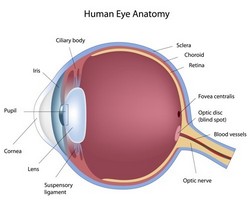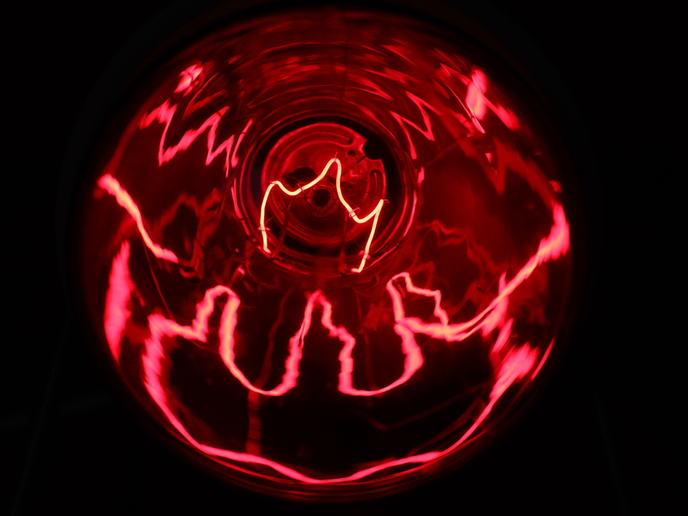Predicting laser eye surgery outcome
Laser-based refractive eye surgery provides efficacious and safe correction of refractive errors, which are the second cause of avoidable blindness in the world. However, it is not suitable for all patients and a careful preoperative examination is necessary, including a detailed analysis of corneal topography and thickness. In spite of this examination, residual refractive errors do occur due to limited knowledge of corneal biomechanical response to these surgical treatments. Existing ocular response analysers fail to register the dynamic changes that occur in the topographic profile of the corneal surface in response to the application of a load. To address this, scientists on the EU-funded POPCORN(opens in new window) (Development of corneal biomechanical model. Dynamic topographical characterization based on 3D plenoptic imaging) project set out to develop a 3D non-invasive system for characterisation of corneal biomechanical properties in the clinic. This methodology could predict the biomechanical behaviour of the cornea after a surgical treatment and allow for the appropriate selection of implants. The generated dynamic topographer captures changes on the shape of the overall cornea during a short time upon application of a controlled air force. The system is based on plenoptic imaging and consists of an array of microlenses coupled with a video sensor designed for high-speed video imaging. The employed imaging approach allows for the entire surface of the cornea to be analysed in real time, avoiding the need for scanning the surface. For corneal modelling, researchers utilised advanced computational techniques, including robust algorithms to estimate the depth and reconstruct the 3D structure and the dynamic changes of the cornea after pressure. Alongside patient-specific corneal geometry and tissue properties, the modelling information could be used for predicting the outcome of various surgical procedures. Overall, POPCORN's method provides important information on the mechanical stability of the corneal tissue, which is essential for understanding the aetiology of corneal pathologies. Implementation of the generated system into routine clinical practice could reduce retreatments after refractive surgery by 90 %.







